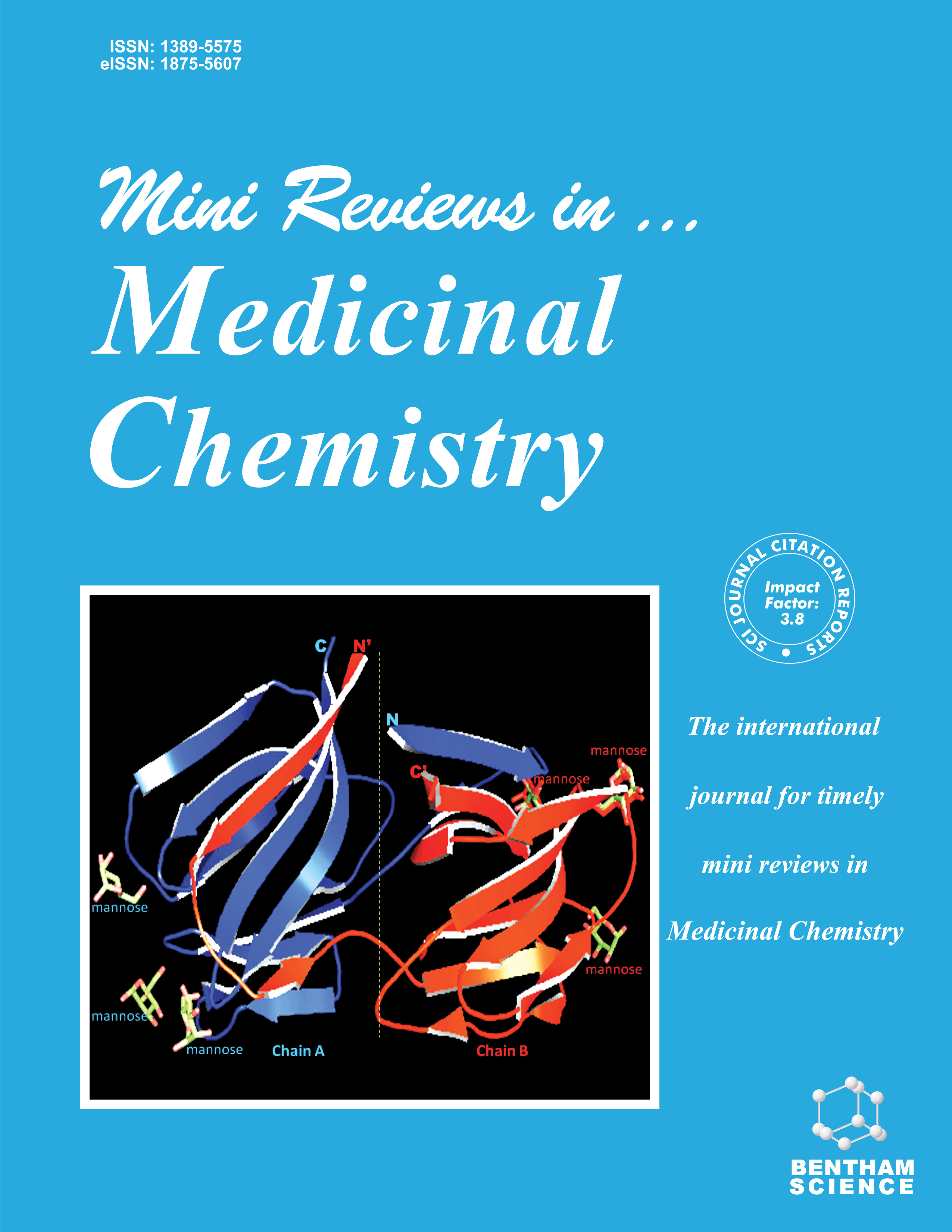
Full text loading...
Cannabis sativa has been cultivated for over 11,700 years, originating in Central and Southeast Asia, and has been used for medical, recreational, and religious purposes. Among its therapeutic potentials, it is notable for its capacity to alleviate pain, nausea, anxiety, and more. The plant’s primary secondary metabolites are cannabinoids, which interact with the endocannabinoid system to produce these effects. However, due to the dosage variability and the secondary effects associated with a lack of targeted action, their medical use is limited, creating the need for effective delivery systems.
This systematic patent review on cannabis drug delivery systems was conducted using patents retrieved from the Espacenet database. The search employed the keywords “Cannabis” and “Delivery,” along with the IPC classification code A61, to filter patents filed between 2012 and 2024. This initial search yielded 99 patents, which were further screened to identify 15 patents that met the inclusion criteria.
Of the selected patents, most originated from the United States, followed by Canada, international patents (WIPO), and China. A notable increase in patent filings occurred in 2022, coinciding with the peak in scientific publications on the topic. This trend indicates a growing interest in the design of cannabis delivery systems.
The historical importance and therapeutic potential of Cannabis sativa are well-documented, yet modern medical use remains restricted due to pharmacokinetic limitations. Delivery systems such as extracellular vesicles, microneedles, and emulsions have been developed to improve the bioavailability and stability of cannabinoids. Extracellular vesicles facilitate targeted, non-invasive delivery of cannabinoids to the central nervous system. Microneedles offer a painless method for transdermal administration, overcoming skin barrier limitations. Emulsions improve the solubility and bioavailability of lipophilic cannabinoids, making them suitable for various administration routes.
Since 2012, there has been considerable growth in patents and publications related to cannabis drug delivery systems, driven by the therapeutic potential of cannabinoids. Innovations in delivery systems like emulsions, microneedles, and extracellular vesicles aim to improve the pharmacokinetics and therapeutic efficacy of cannabis-derived compounds, representing a shift towards medical cannabis applications.

Article metrics loading...

Full text loading...
References


Data & Media loading...

